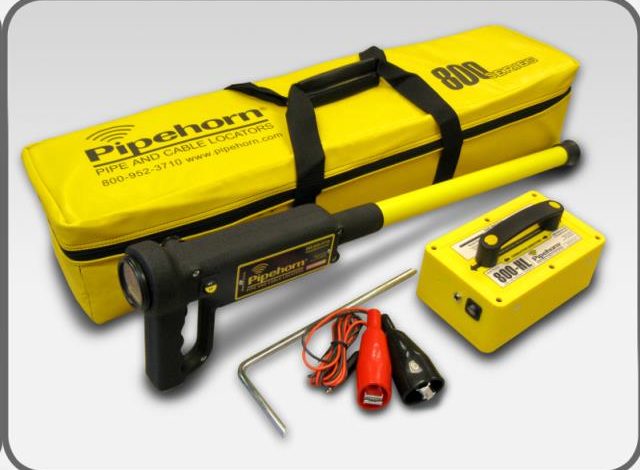The Hidden World Beneath Our Feet: How Pipe Locators Keep Projects on Track

Every time a new road is built, a park is landscaped, or a building foundation is laid, there’s a hidden challenge beneath the surface navigating the maze of underground utilities. From gas lines to water mains, these networks form the invisible backbone of modern life. Locating them safely has become a specialized practice, and pipe locators are at the center of this work.
A Brief History of Utility Location
Decades ago, crews relied on old maps, blueprints, or guesswork to avoid underground hazards. Errors were common, and the consequences were often expensive or dangerous. By the 1970s and 80s, the development of electromagnetic detection began to change the game. Magnetic locators, for instance, became essential for finding cast iron pipes and valve boxes.
Today’s equipment has evolved far beyond those early designs. Digital displays, GPS integration, and improved depth accuracy allow operators to detect utilities with confidence. This progress reflects not only technological innovation but also a growing recognition of how crucial subsurface mapping is to safe development.
The Risks of Getting It Wrong
When utilities are struck during excavation, the results can be dramatic. Broken water lines can flood worksites. Damaged electrical cables may cause power outages. Gas line ruptures pose immediate safety threats. Even small errors can create cascading problems for municipalities, contractors, and homeowners.
The simple truth is this: avoiding these risks is far more cost-effective than repairing them. Pipe locators provide a safeguard against accidents that can halt progress and inflate project budgets.
Everyday Uses Beyond Construction
Although construction crews are the most visible users of pipe locators, they aren’t the only ones who rely on them:
- Agricultural projects often require detection before installing irrigation systems.
- Environmental surveys use them to confirm the presence and path of old utility lines.
- Property developers employ them before breaking ground on residential or commercial projects.
These examples highlight how widespread and versatile the technology has become.
Accessibility Through Rentals
Not every contractor or team needs to own specialized locating tools. For many, short-term access is more practical. This is why options such as pipe locator rental have become an essential part of project planning. Renting provides flexibility, ensures the latest technology is available, and keeps overhead costs manageable.
Looking to the Future
The next phase of utility detection will likely blend pipe locators with augmented reality and advanced mapping. Imagine workers viewing underground networks in real time through a tablet or headset, guided by locator signals. These innovations will make excavation even safer and more efficient, reducing the unknowns that lie below.
Pipe locators may not be visible in the finished project, but they play an invisible role in shaping every road, building, and park we rely on. By turning uncertainty into clarity, they keep progress moving smoothly while protecting what’s already in place





